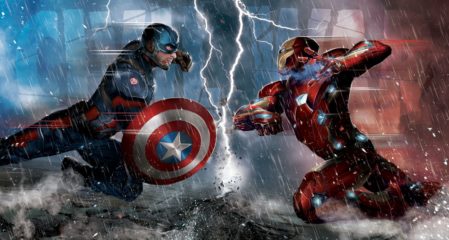The “Captain America: Civil War” Directors Reveal How It Was Assembled
Warning: This story contains MAJOR SPOILERS for Captain America: Civil War. Elizabeth Olsen, Chris Evans, and Sebastian Stan in Captain America: Civil War. Marvel Studios Captain America: Civil War features one of the largest principal casts ever assembled for a Marvel Studios film, especially one centered around a single titular superhero. And, unlike every other […]
Read More